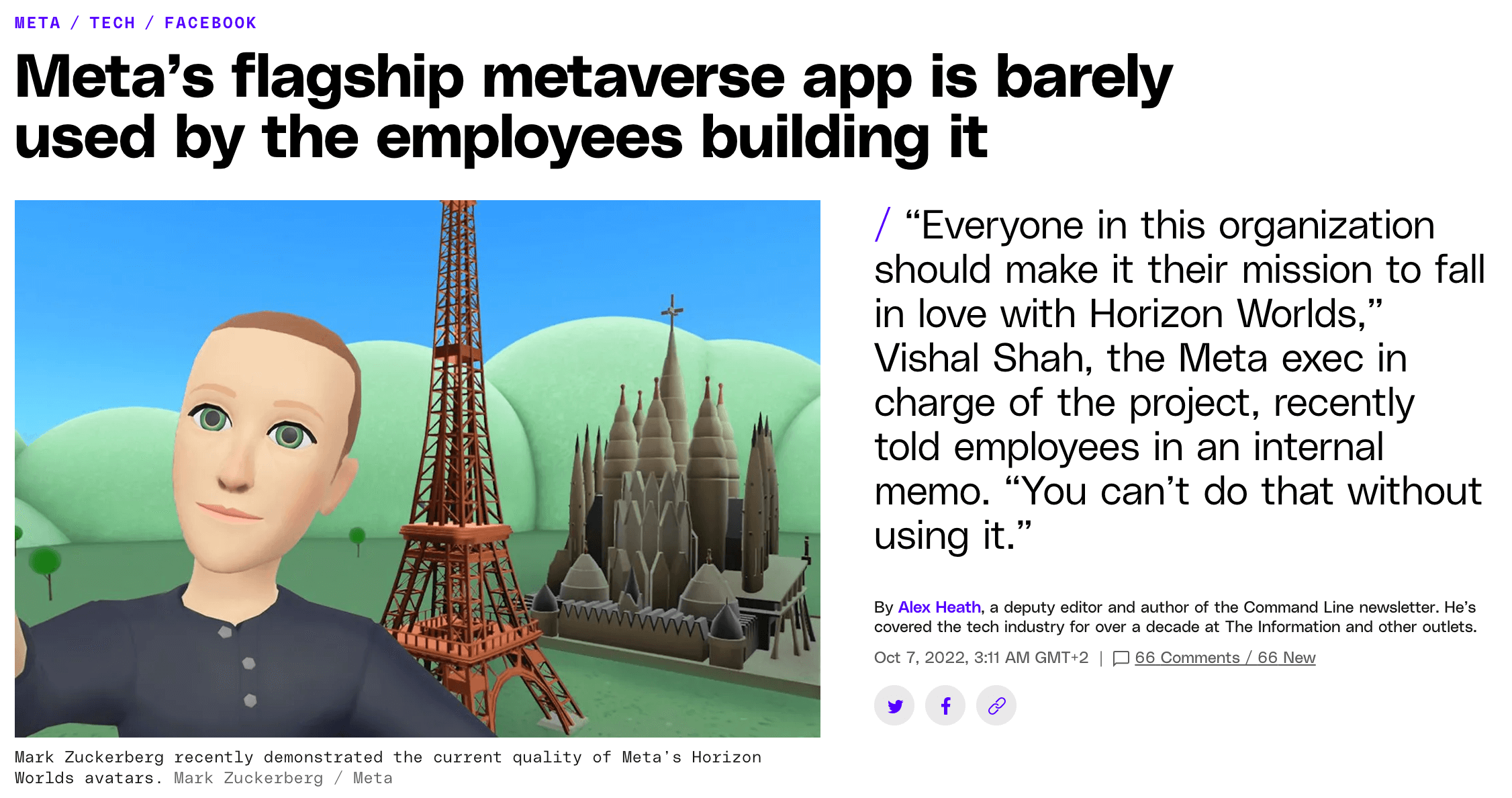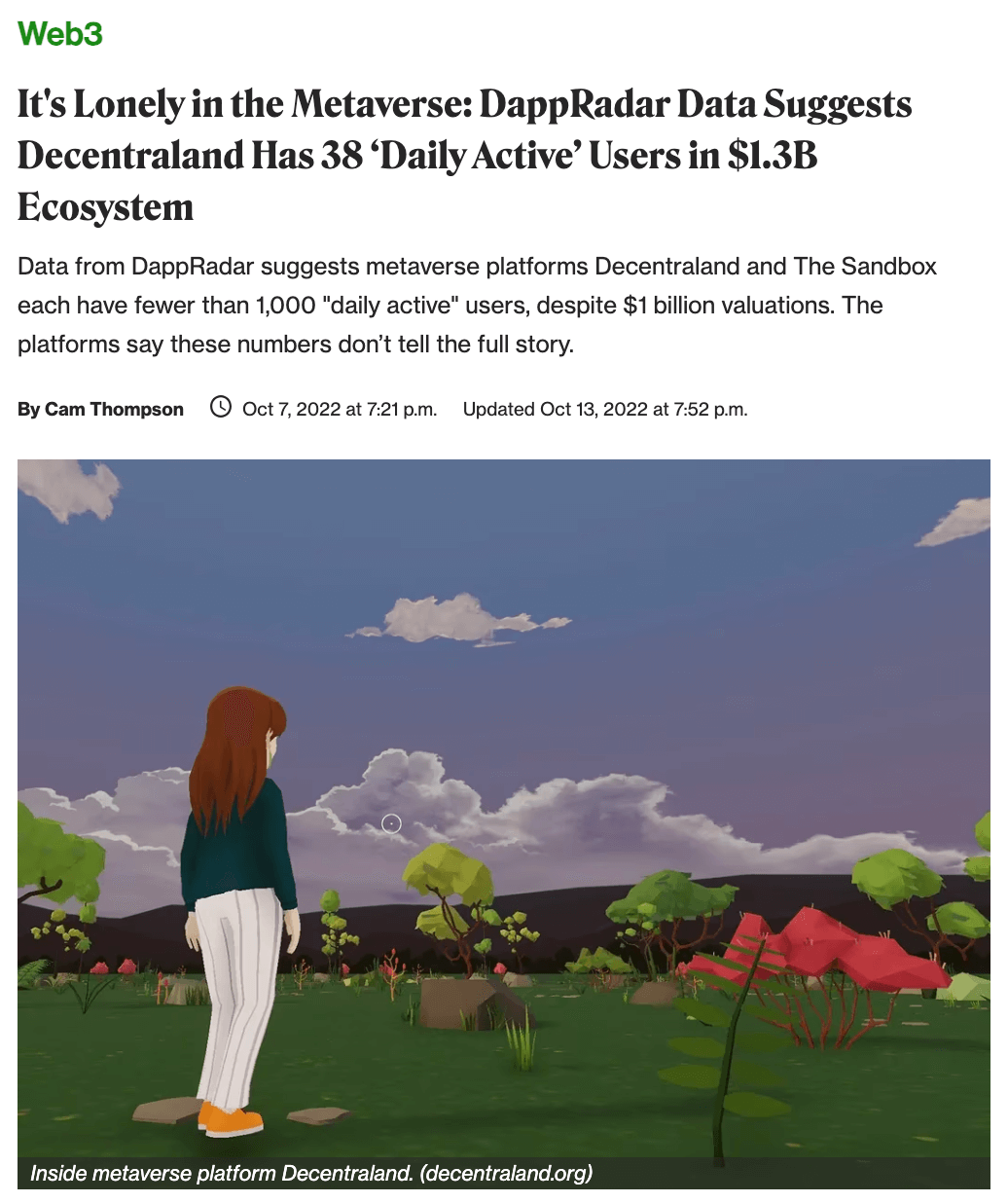The Metaverse as something difficult to envision
At the Connect conference in October 2021, Mark Zuckerberg said on several occasions that he did not have all the answers to the questions that might arise from the presentation of his vision of the Metaverse, and that it would take years to build it, but a myriad of questions set the technology world abuzz within minutes of the end of his presentation:
- What is the Metaverse? Is it a virtual world? A virtual reality environment? Mixed reality? All of the above?
- How will users be able to access it? Will they be able to do so from home as well as in the street? With what equipment? A virtual reality headset? A phone? A computer? A hologram?
- Will it be an open universe that is interoperable with other solutions? Are we talking about a Metaverse specific to a franchise or a Metaverse that allows connection with other simulated universes produced by other players and solution providers?
- Will a virtual reality headset from a brand other than Meta be able to connect to this Metaverse?
- What will be the environmental impact of such a Metaverse?
- Etc.
A lack of users
Meta's first incarnation of the Metaverse is the three-dimensional digital environment Horizon Worlds (or Meta Horizon Worlds). In October 2022, the Wall Street Journal reported that Horizon Worlds had fewer than 200,000 monthly active users, less than half Meta's target of 500,000. Since then, users still don't seem to have embraced this universe, and even the company's employees don't seem to want to use it.

"Metaverse platforms" such as Decentraland and The Sandbox have also been criticised for having between a few hundred users for the former, and between 1,000 and 4,500 daily active users for the latter, despite being valued at a billion dollars. As a reminder, at the end of 2011, the Second Life virtual world was registering up to 48,000 simultaneous connections per day.

Massive losses and redundancies
In 2022, as a result of a massive fall in the company's market capitalisation, Meta lost 65 billion dollars, including 13.7 billion dollars (12.9 billion euros) from Reality Lab, the division responsible for building the Metaverse. In the first half of 2023, this division is estimated to have lost 7.2 billion, making a total loss of 21 billion dollars in just a year and a half.
In 2023, Meta announced 10,000 redundancies, following an initial wave of 11,000 redundancies in November 2022. Similarly, Microsoft “shuttered its virtual-workspace platform AltSpaceVR in January 2023, laid off the 100 members of its ‘industrial metaverse team’, and made a series of cuts to its HoloLens team. Disney shuttered its Metaverse division in March, and Walmart followed suit by ending its Roblox based Metaverse projects”. [[[Source : "RIP Metaverse. An obituary for the latest fad to join the tech graveyard", Insider, 8 may 2023.]]] Recently, Chinese companies such as Tencent and Bytedance have also closed divisions that were working on the Metaverse or specific aspects of virtual reality.
However, this trend cannot be attributed solely to the non-adoption of Metaverse solutions. The major tech companies have been experiencing an unfavourable economic climate for almost two years (war in Ukraine, inflation, etc.).







